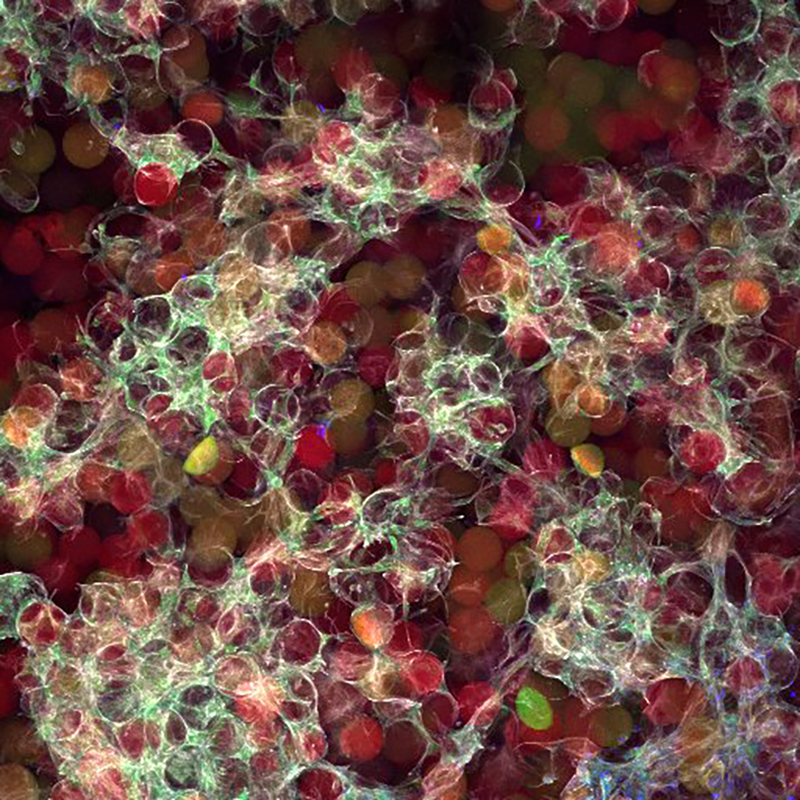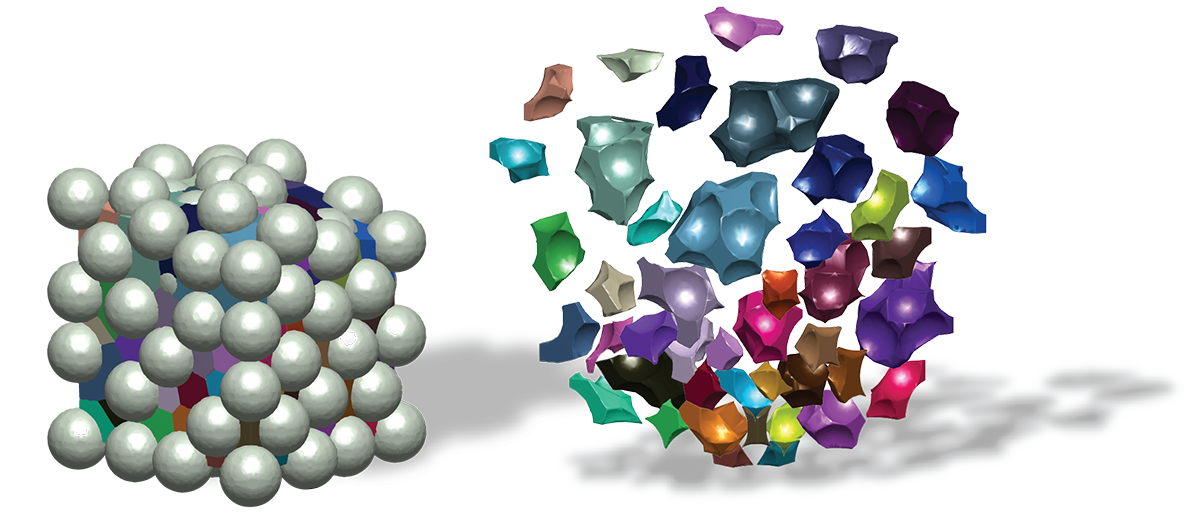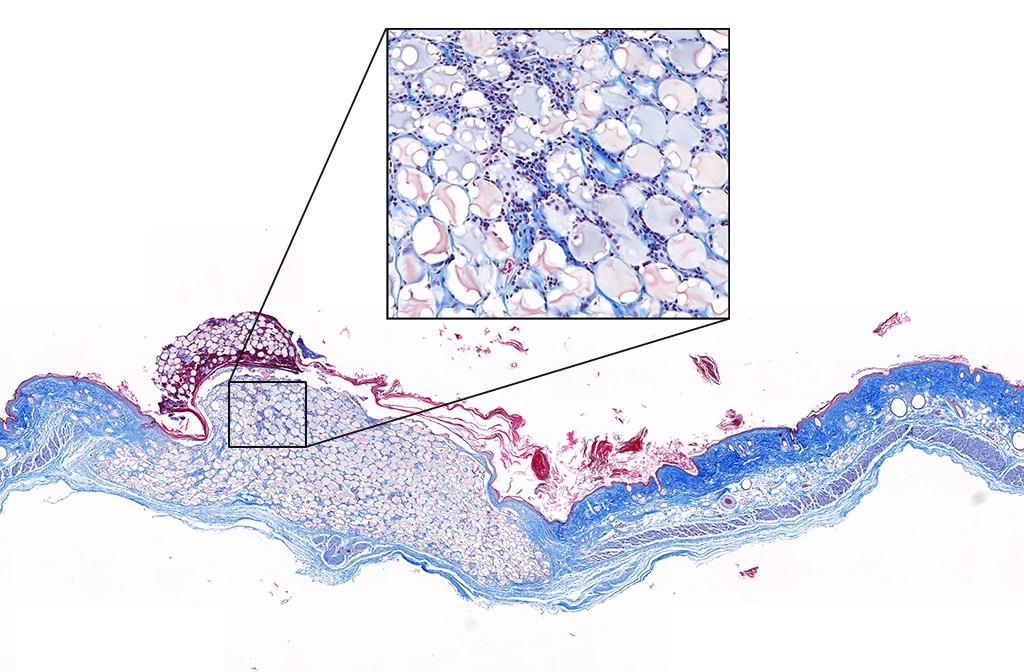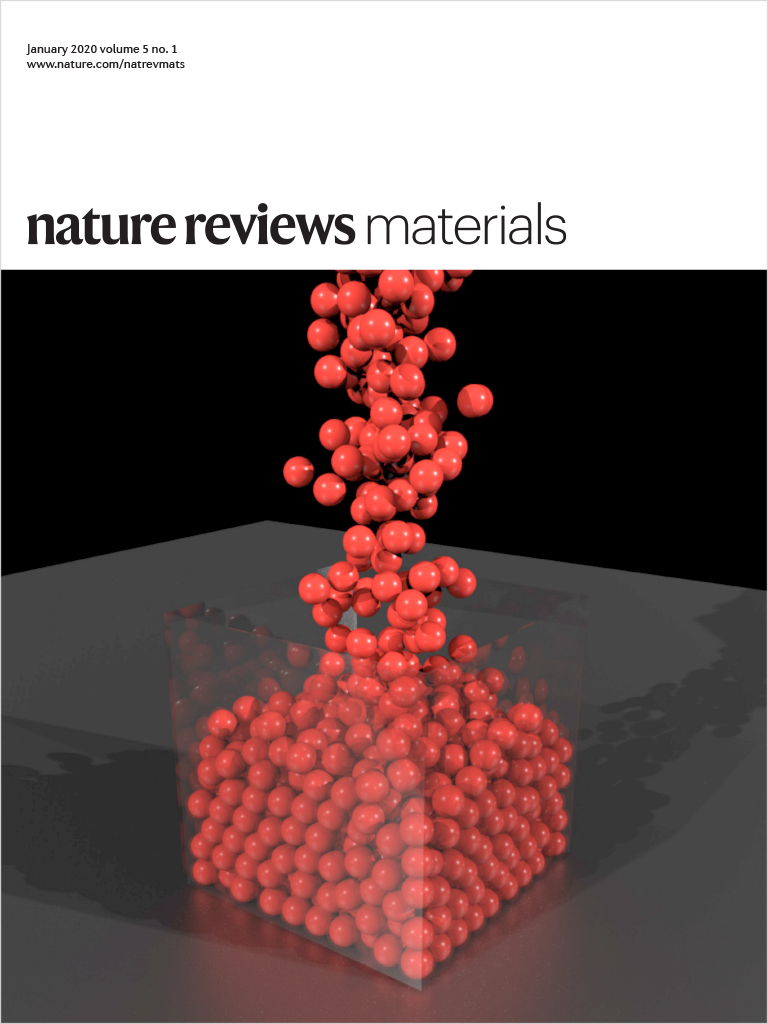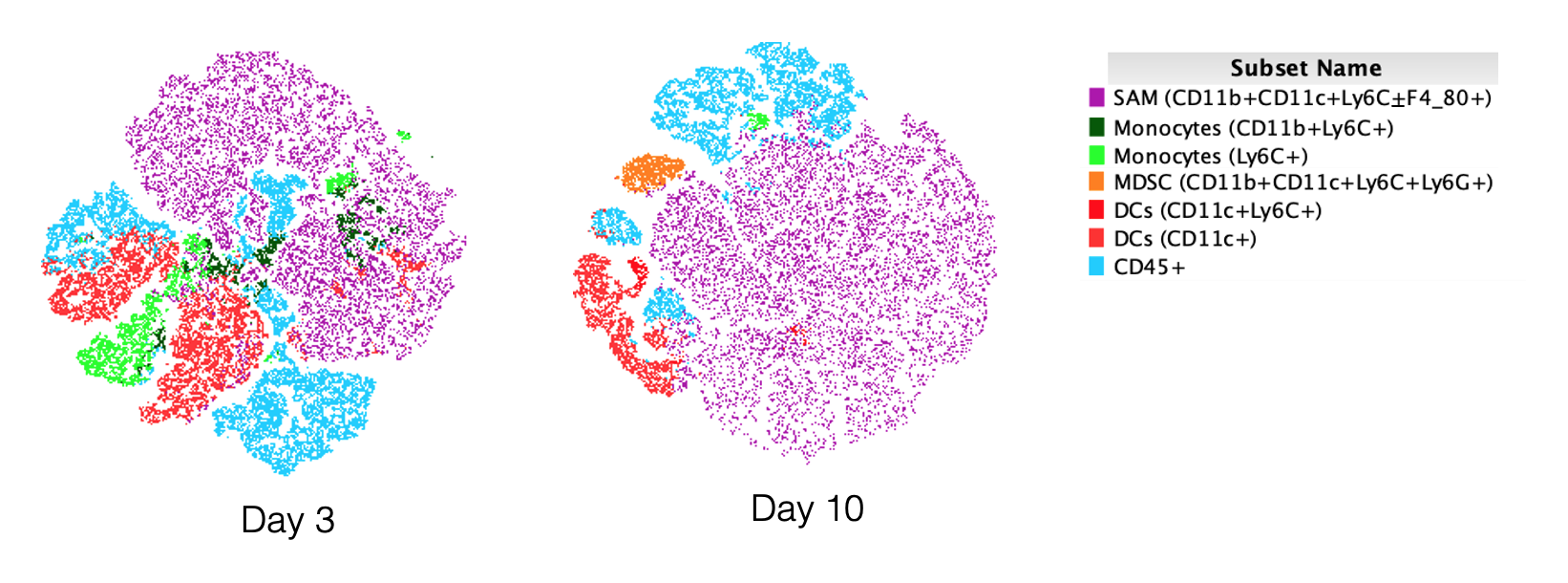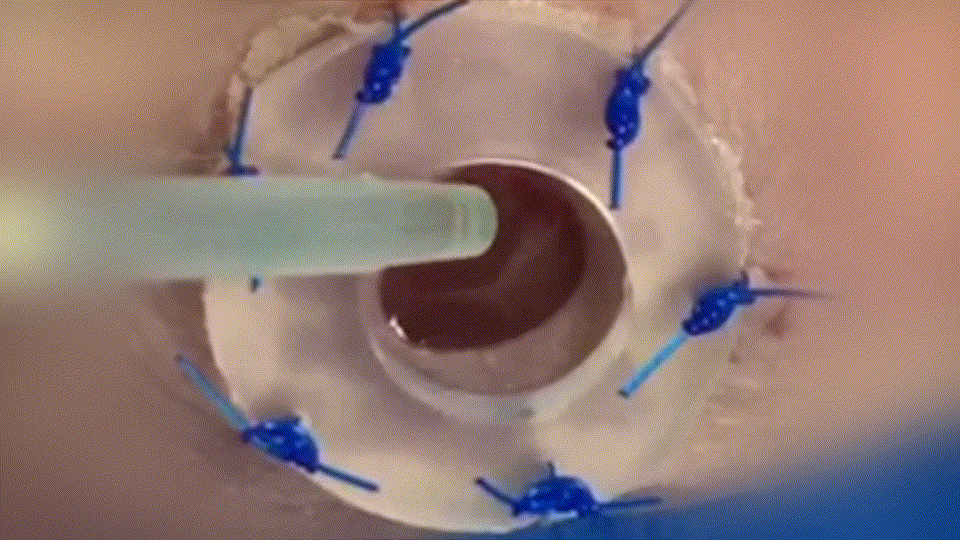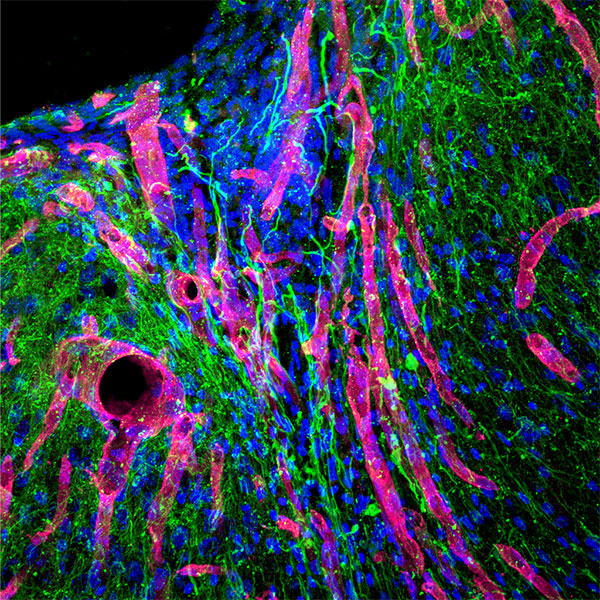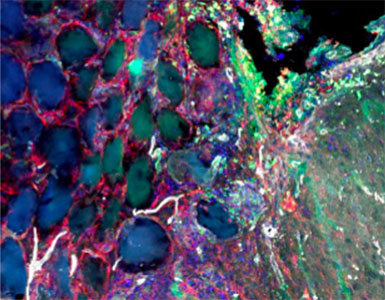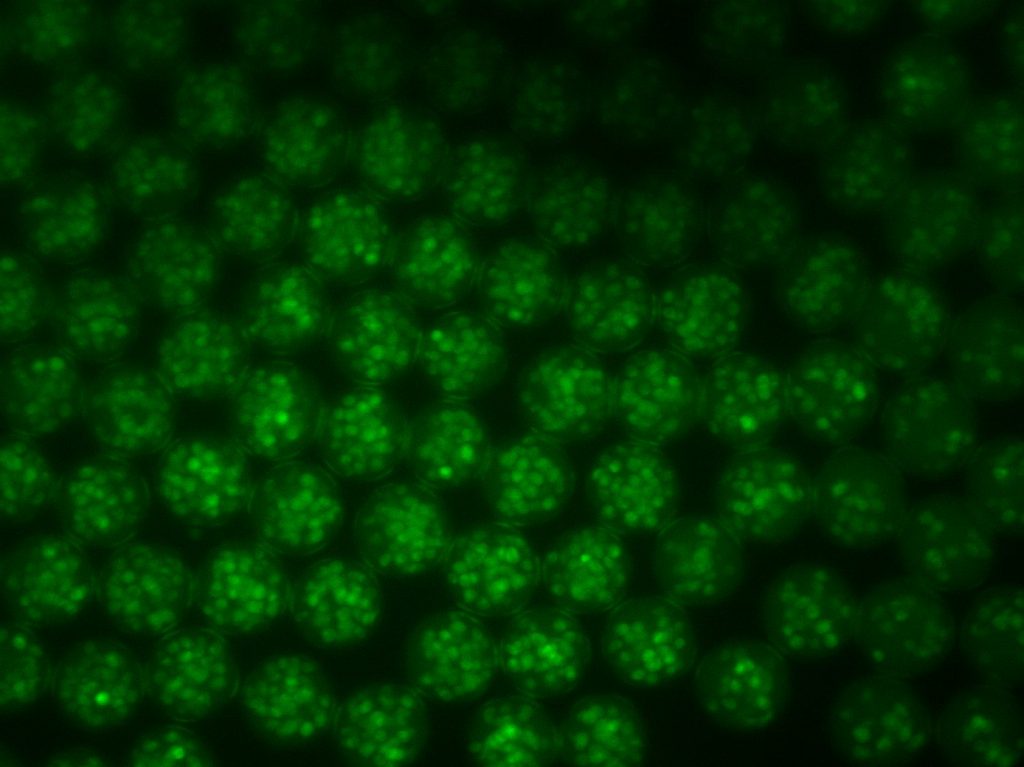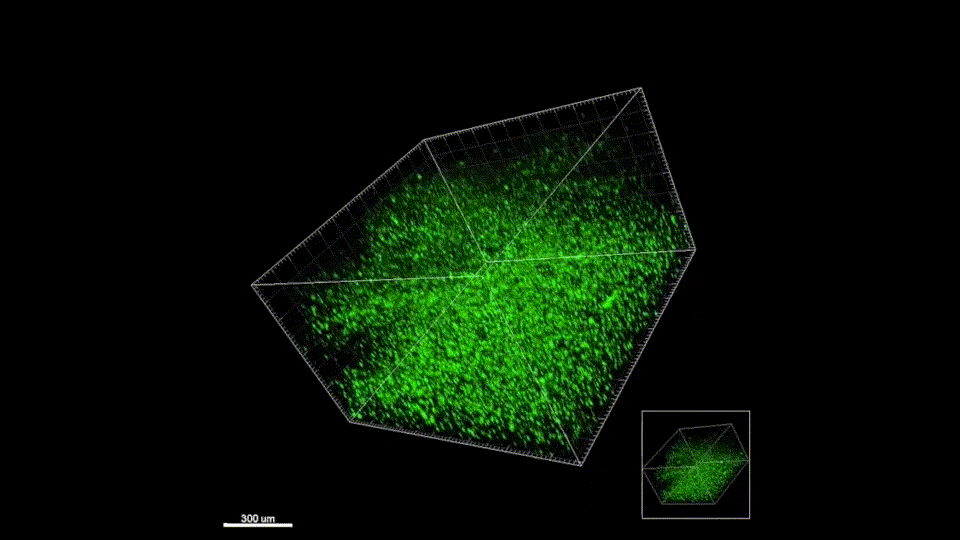Altmetric Score
Dimensions
Citation
This article presents data related to the research article “Systematic optimization of an engineered hydrogel allows for selective control of human neural stem cell survival and differentiation after transplantation in the stroke brain” (P. Moshayedi, L.R. Nih, I.L. Llorente, A.R. Berg, J. Cinkornpumin, W.E. Lowry et al., 2016) [1] and focuses on the biocompatibility aspects of the hydrogel, including its stiffness and the inflammatory response of the transplanted organ. We have developed an injectable hyaluronic acid (HA)-based hydrogel for stem cell culture and transplantation, to promote brain tissue repair after stroke. This 3D biomaterial was engineered to bind bioactive signals such as adhesive motifs, as well as releasing growth factors while supporting cell growth and tissue infiltration. We used a Design of Experiment approach to create a complex matrix environment in vitro by keeping the hydrogel platform and cell type constant across conditions while systematically varying peptide motifs and growth factors. The optimized HA hydrogel promoted survival of encapsulated human induced pluripotent stem cell derived-neural progenitor cells (iPS-NPCs) after transplantation into the stroke cavity and differentially tuned transplanted cell fate through the promotion of glial, neuronal or immature/progenitor states. The highlights of this article include: (1) Data of cell and bioactive signals addition on the hydrogel mechanical properties and growth factor diffusion, (2) the use of a design of Experiment (DOE) approach (M.W. 2 Weible and T. Chan-Ling, 2007) [2] to select multi-factorial experimental conditions, and (3) Inflammatory response and cell survival after transplantation.

